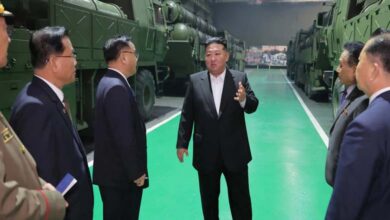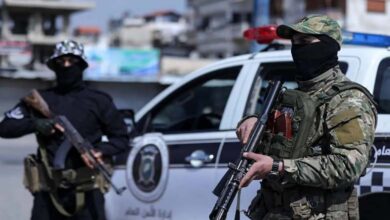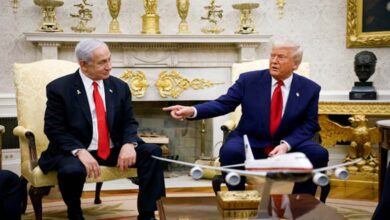Afghanistan: Taliban order closure of secondary schools for girls

Human rights activists say the Taliban government’s decision to reclose girls’ secondary schools is an indication that the most hardline group within it is controlling the decision-making in the movement, suggesting that funding be withheld from Afghan provinces where girls’ education is lacking.
The government closed girls’ secondary schools in most provinces hours after deciding to reopen them following a meeting of Taliban leaders in Kandahar, prompting expectations that similar strides could be made in freedom.
The Taliban’s Ministry of Education said it needed to review girls’ and teachers’ clothing in accordance with Islamic law in Afghanistan and traditional law.
Following the Taliban takeover of the country, in August 2012, it allowed boys’ schools and closed girls’ schools, and later reversed the decision until it returned to closure.
Dominant current
The decision “reveals a dark future for the women of Afghanistan. Girls went to school, and we found it closed in middle and upper middle school”, said Afghan activist Fatima Hikmat. This is contrary to all the promises made by the movement regarding respect for freedoms and women’s rights in education, travel and work.
She attributed this to the fact that “the most extreme movement within the movement controls the reins of power, and the issue of girls’ education has a sensitive issue”.
“Access to education is one of the basic Islamic and civil rights of the country’s citizens”, Abdullah Abdullah, head of the National Reconciliation Council in the former Afghan government, tweeted.
Former Afghan President Hamid Karzai called on the Taliban government to reopen secondary and secondary schools for girls as soon as possible.
Karzai wrote on Twitter that he “regrets” that the classes of girls from 7 to 12 had not yet started, expressing his deep sorrow that the schools for girls in grades 7 to 12 had not started.
The Taliban are suffering from a rift as a result of the conflict between two factions, one of which is the closed traditional governor, the other is also conservative but wants to open up to the West and learn lessons from the past, but the last steps show that the former is in control.
Funding conditions
Human Rights Watch has proposed that international donors follow policies to ensure that girls and women have equal education without gender discrimination in Afghanistan.
It further suggested that Afghan education sponsors should provide educational funding only to provinces where girls were studying: “The Taliban should be encouraged to reopen (girls’) schools”.
Human Rights Watch focused on Balkh province, which has not closed girls’ schools despite the Taliban’s orders, saying that despite allowing girls to attend secondary schools, many girls have been forced to drop out of school.
After 18 September, girls’ secondary schools had been gradually reopened in 6 to 9 of Afghanistan’s 34 provinces.
The Taliban Ministry of Education announced the opening of the new school year across Afghanistan on Wednesday, stressing in a statement signed by Taliban leader Noorullah Munir: Teachers and students in schools, colleges and other educational institutions must abide by religious and national standards when wearing uniforms.












